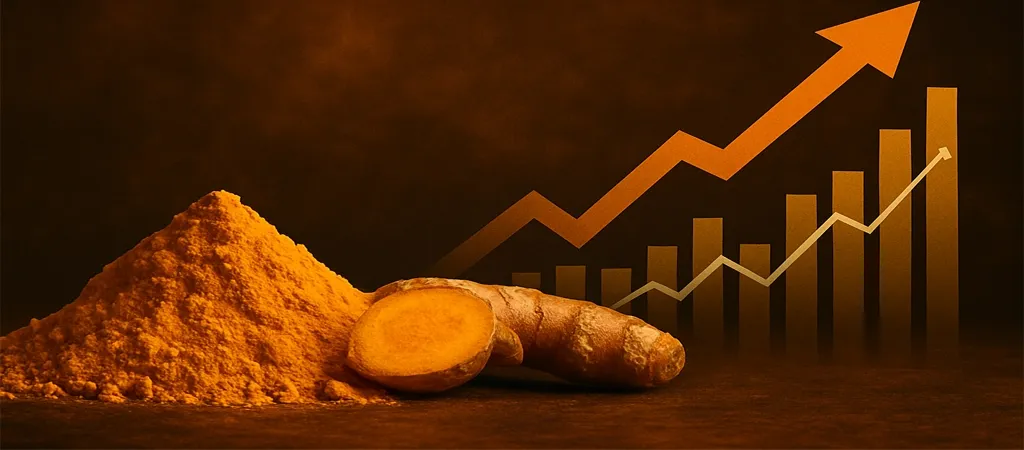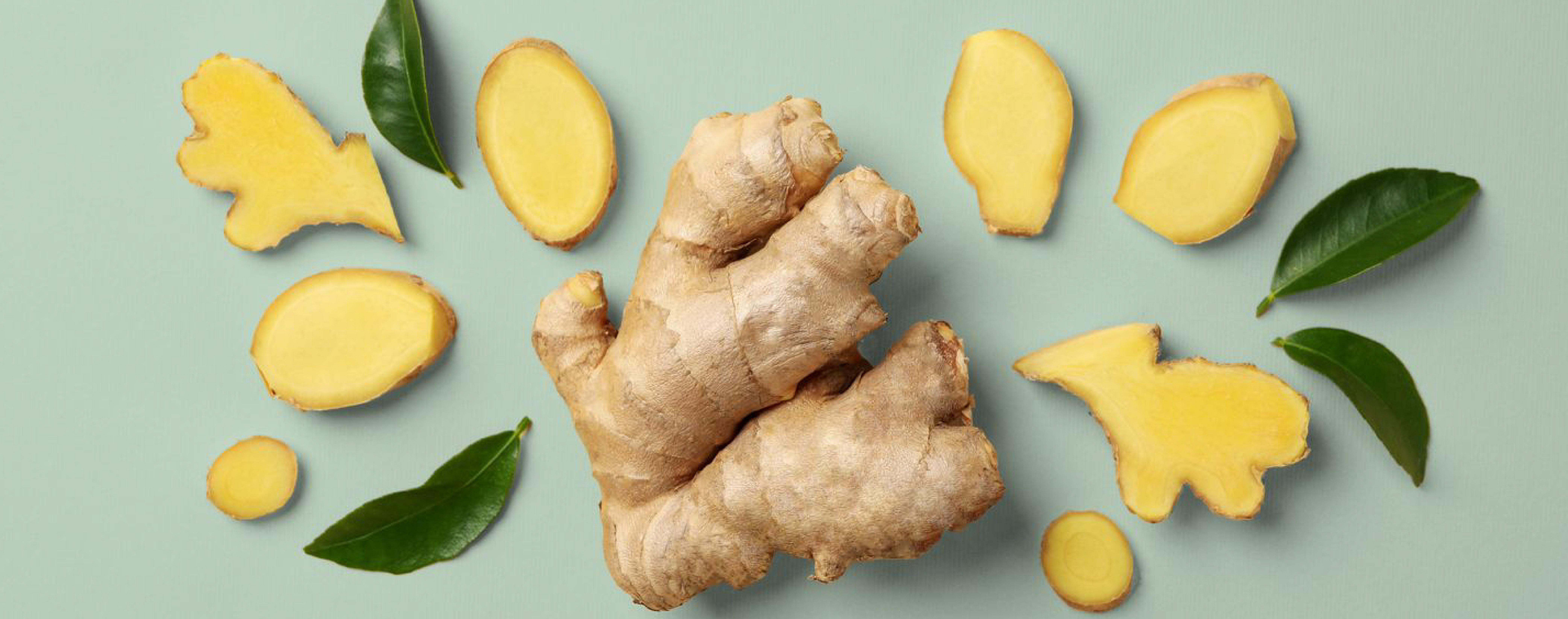Ginger Market : Production Updates, Price Fluctuations, Export & Trade Insights
The global ginger market in 2024 is marked by shifting trade dynamics, weather challenges, and evolving demand patterns. Key producers like Peru, China, India, and Nigeria are navigating production fluctuations, while importers in Europe and North America face a changing supply landscape. This comprehensive analysis delves into production trends, market challenges, pricing insights, and actionable tips for traders—especially those operating in the UAE.

Global Production Updates and Harvest Timelines
- Peru:
- Peru faces a significant drop in export volumes, with ginger shipments decreasing by 43% compared to the previous season.
- Challenges: Weather-related disruptions, Ralstonia bacteria, and increased certification costs.
- Harvest Season: June–September.
- China:
- China has emerged as the EU’s top supplier, increasing exports by 47.8% in 2024.
- Harvest Season: October–December.
- India:
- India’s dry ginger market remains sluggish, with reduced demand and stagnant prices.
- Harvest Season: January–March.
- Nigeria:
- Exports to the EU dropped by 45.2%, as competition from China and India intensified.
- Harvest Season: November–February.
- Vietnam:
- Vietnam experienced a 28% decline in exports to the EU, impacted by quality concerns and competition.
- Harvest Season: February–April.

Export and Import Trends
- EU Import Dynamics:
- Total EU ginger imports declined by 6.3% in 2024.
- Top Suppliers:
- China: 2,877 MT (+47.8%)
- India: 927 MT (+51%)
- Nigeria: 1,418 MT (-45.2%)
- Key Markets:
- North America: Largest market for Peruvian ginger (58% of exports), though volumes dropped by 33%.
- Europe: Accounts for 40% of Peruvian exports, but shipments fell by 54%.
- UAE’s Role: Positioned as a strategic trade hub, connecting Asian producers with European and African buyers.

Quality and Supply Challenges
- Peru:
- Organic ginger dominates exports (83%), but Ralstonia bacteria is a growing concern, affecting yields and reputation.
- Jumbo varieties are in demand locally, while Criollo varieties cater to international markets.
- India:
- Reduced supply of dry ginger due to high previous-season prices, leading to limited availability for processing.
- China:
- Maintains high-quality exports, benefiting from advanced farming techniques and economies of scale.

Pricing Trends
- Current Prices:
- Organic Ginger: Premium rates, recently exceeding $30/container.
- Conventional Ginger: Prices fluctuate between $27–$28/container, with occasional dips to $25.
- Dry Ginger:
- In Kerala, prices stabilized between $3.80–$4.25/kg, with weak demand limiting growth.
- In Delhi, Bangalore-origin ginger trades at $0.50/kg, reflecting subdued market sentiment.
- Future Outlook:
- Rising demand in health-conscious markets like India and Southeast Asia could push prices higher in 2025.
- However, logistical challenges, such as container shortages and certification hurdles, may limit supply-chain efficiency.

Strategic Tips for Traders
- Diversify Sourcing: Leverage suppliers from China, Peru, and India to mitigate risks from regional disruptions.
- Capitalize on UAE’s Position: Use the UAE’s logistics network to access high-demand markets in Europe, Asia, and Africa.
- Invest in Storage: Stock up during price dips to maximize margins when demand spikes.
- Monitor Regulations: Stay updated on phytosanitary requirements and certification standards to maintain trade compliance.
- Leverage Tech: Platforms like Momex provide live tracking, market updates, and verified supplier connections, ensuring smooth operations.

FAQs on the Global Ginger Market
Q1: Which countries are the top producers of ginger?
- China, India, Peru, Nigeria, and Vietnam lead global ginger production.
Q2: When are the key harvest seasons for ginger?
- China: October–December
- India: January–March
- Peru: June–September
- Nigeria: November–February
Q3: Why did EU ginger imports decline in 2024?
- Competition from China and India, coupled with reduced shipments from Nigeria and Vietnam, contributed to the decline.
Q4: How can UAE traders benefit from the ginger market?
- UAE traders can act as a bridge between Asian suppliers and global buyers, leveraging the country’s strategic logistics infrastructure.
Q5: What are the biggest challenges in the ginger market?
- Weather disruptions, bacterial infections, high certification costs, and logistical bottlenecks.
Q6: How does Momex support ginger traders?
- Momex offers real-time insights, live shipment tracking, and access to verified suppliers, empowering traders to make informed decisions.
Conclusion
The 2024 ginger market reflects a complex interplay of production challenges, shifting trade dynamics, and evolving consumer demand. For UAE traders, understanding these trends and leveraging platforms like Momex can unlock significant opportunities in this growing sector.
Stay ahead in the market—partner with Momex for seamless trading solutions and real-time insights!



